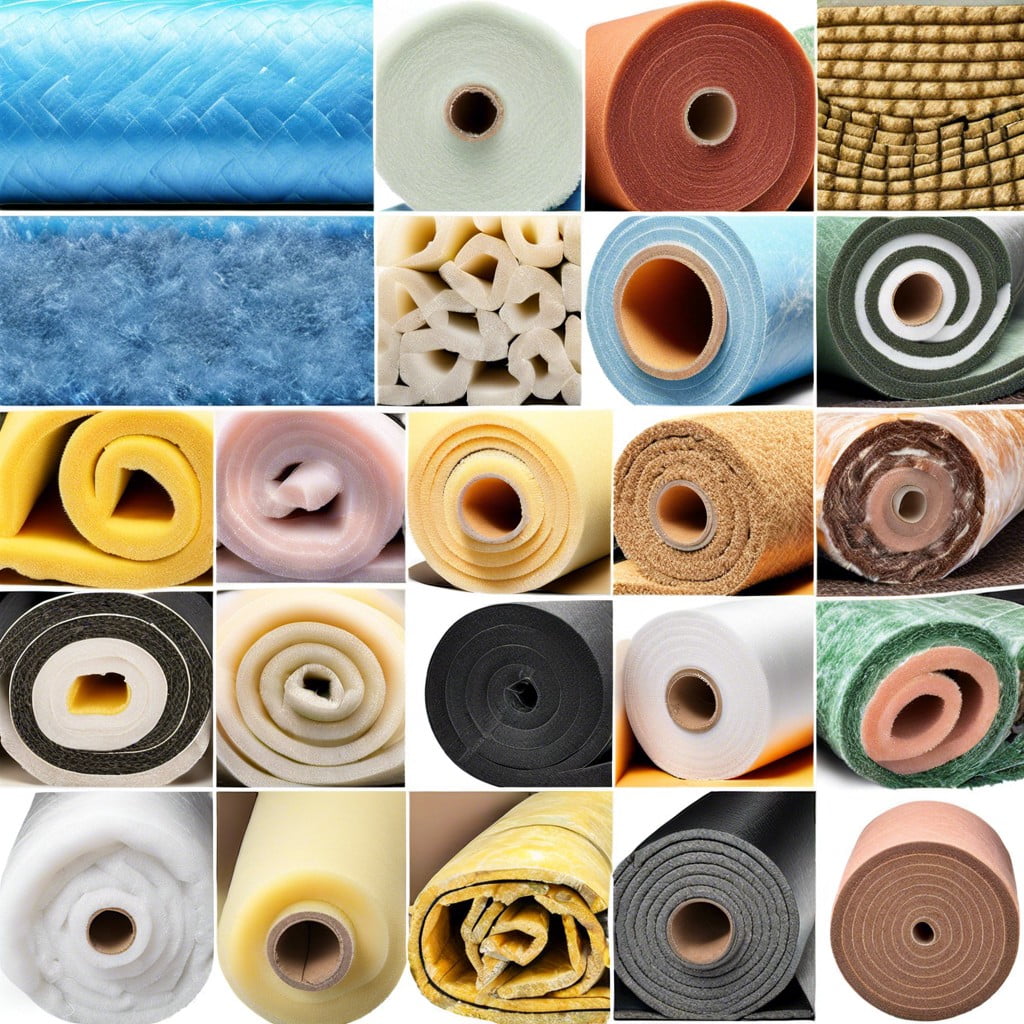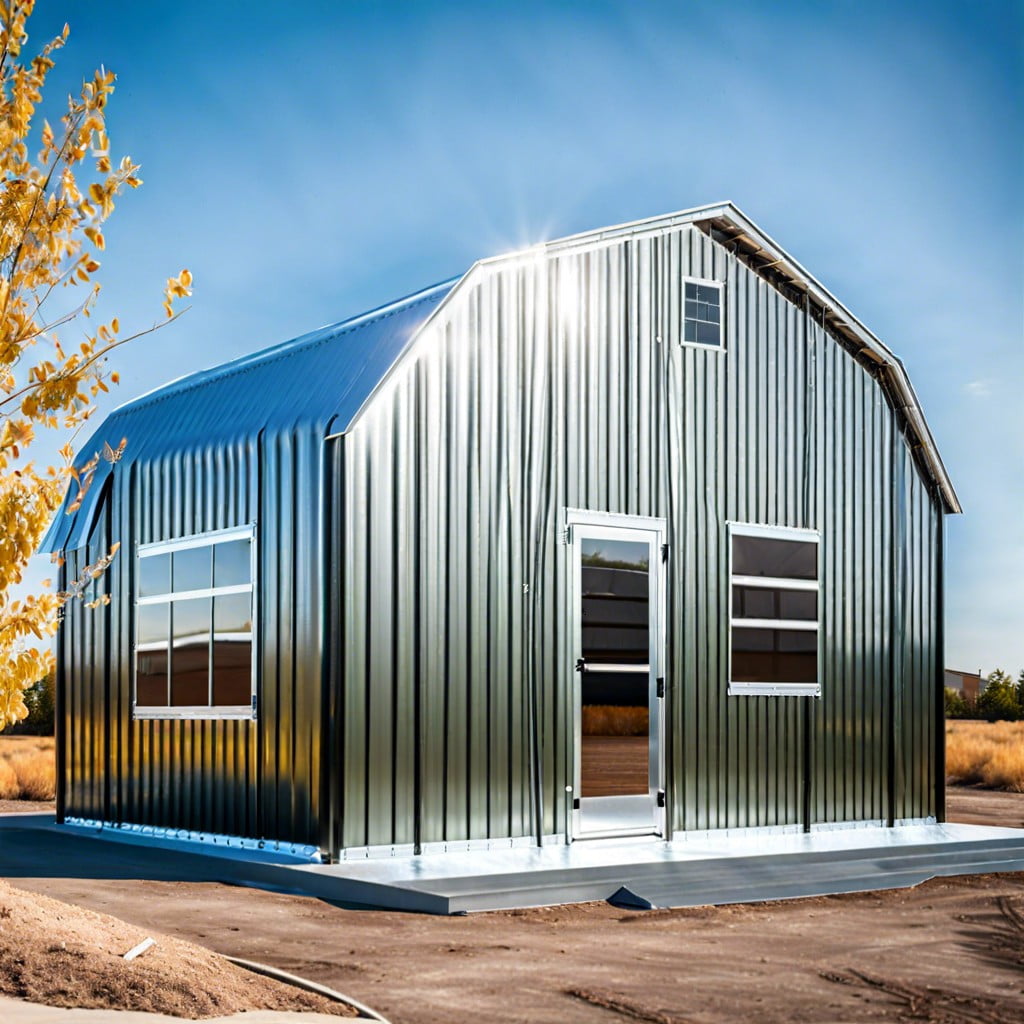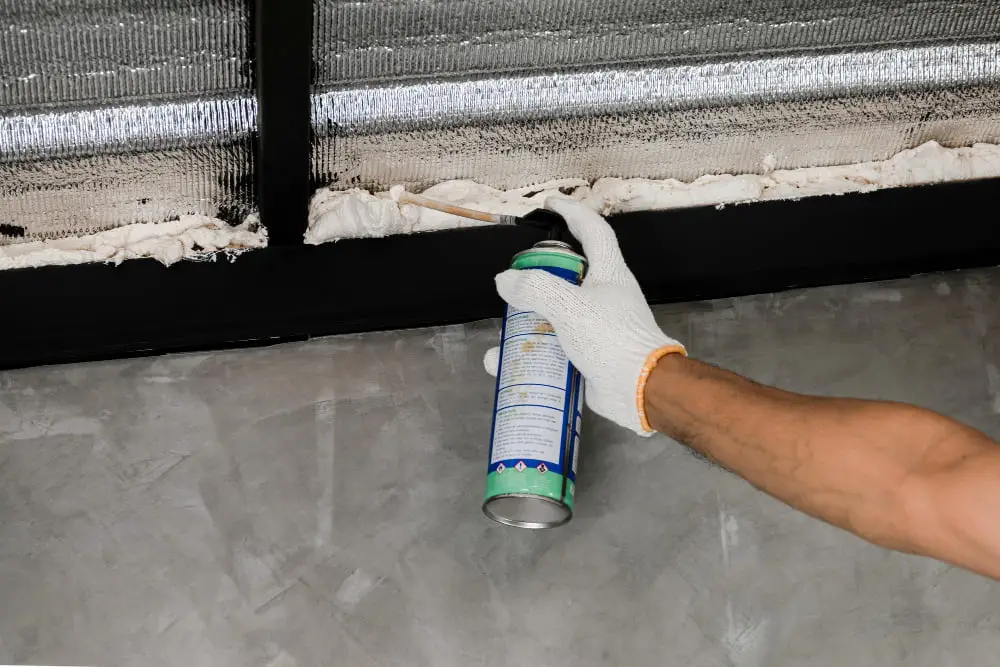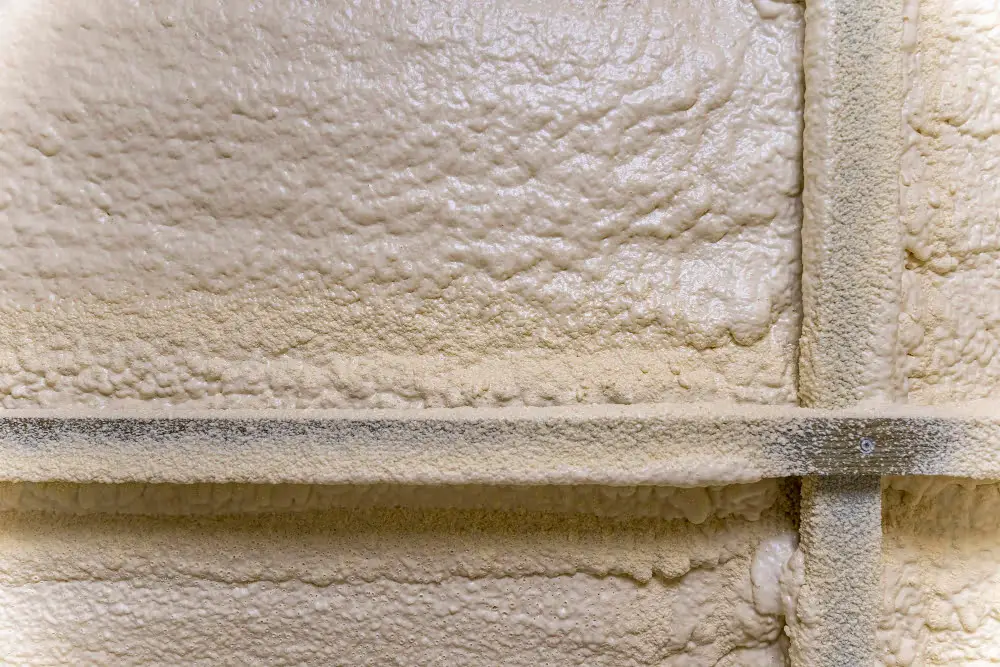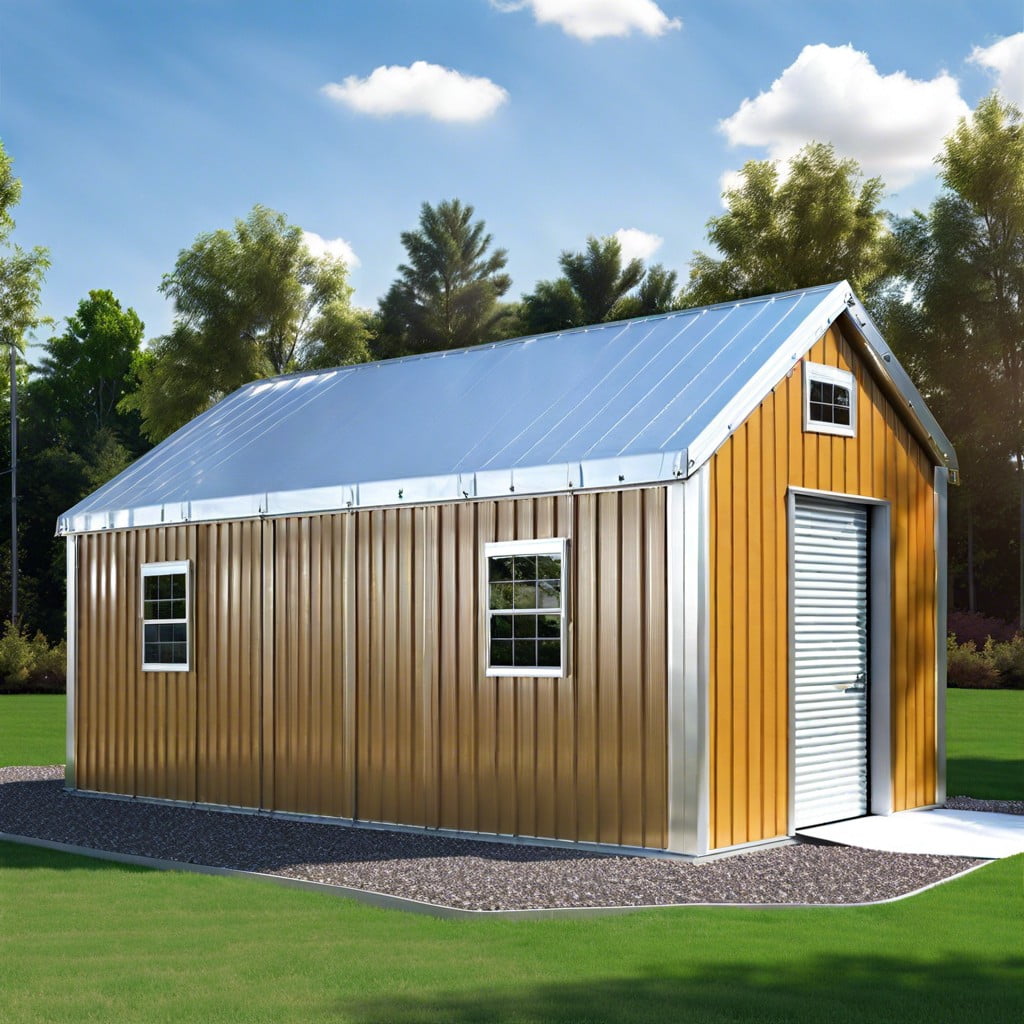Dive into this article because it provides a detailed, step-by-step guide on installing batt insulation in metal buildings, key in enhancing energy efficiency and indoor comfort levels.
Installing batt insulation in a metal building is a practical way to improve energy efficiency and comfort. This process involves several steps, including measuring the space, cutting the insulation to size, and securing it in place.
This article provides a comprehensive guide on how to install batt insulation in a metal building, covering all the necessary details and steps to ensure a successful installation. Whether you’re a seasoned builder or a DIY enthusiast, you’ll find this guide packed with valuable insights and practical tips.
From choosing the right insulation to addressing common challenges, everything you need to know is right here.
Key takeaways:
- Choose the right batt insulation based on R-value, width, and thickness
- Gather materials and tools including insulation, staple gun, knife, and tape
- Prepare the space by measuring, repairing, cleaning, and acclimating the insulation
- Install batt insulation by measuring, cutting, securing, and inspecting for gaps
- Maintain insulation by inspecting, sealing, trimming, and addressing common issues.
Choosing the Right Batt Insulation for Metal Buildings
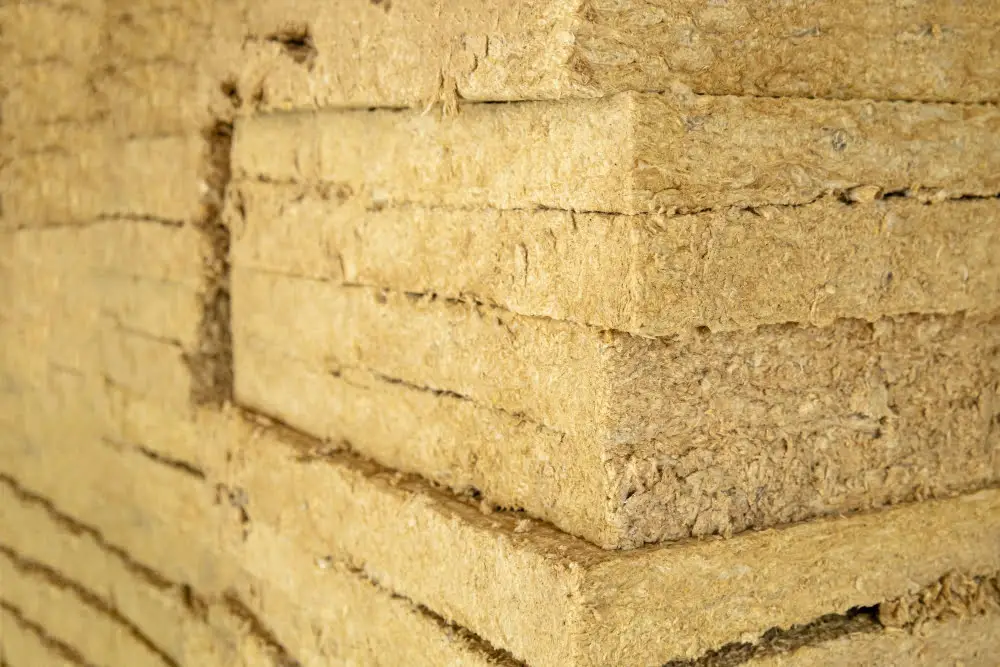
Consider factors such as the R-value, width, and thickness when picking the insulation that fits your needs. The R-value is particularly crucial, since it measures the insulating material’s resistance to heat flow, thereby dictating its energy efficiency. To select the correct R-value, consider your geographical location’s climate, the heating and cooling systems your building employs, and any specific local building code requirements.
Width and thickness are equally important. Batt insulation for metal buildings usually comes in standard widths that align with the typical spacing of building studs—either 16 or 24 inches. As for thickness, insulation designed for walls typically ranges from 3.5 inches to 6 inches while ceiling batts might be up to 12 inches thick. Remember, a thicker insulation will provide a higher R-value, enhancing the overall energy efficiency of your building.
Ensure to choose insulation faced with an appropriate vapor barrier material, such as foil or paper, which will protect against moisture damage.
Finally, consider the material of the batt insulation. Glass mineral wool and stone wool are common choices due to their excellent thermal properties, fire resistance, and acoustic properties. Keep these guidelines in mind to accurately select the insulation that perfectly matches your metal building’s requirements.
Materials and Tools Needed for Batt Insulation Installation

To successfully install batt insulation in a metal building you’ll require certain materials and tools. Insulation batts are the primary material you’ll need. Depending on the size and shape of your metal building, you may need several rolls. Make sure to measure your space accurately to ensure you purchase the right amount.
In addition, you’ll need a staple gun for securing the insulation to the building’s metallic structure. Staples should be heavy-duty type as they need to penetrate into the metal surface. An insulation knife or scissors are essential for cutting the batts to the required length and to fit around obstructions. You may also require a straight edge or a T-square to ensure precise cuts.
Wearing safety equipment such as gloves, safety glasses and a mask is extremely important as insulation materials can irritate skin and respiratory tract.
The choice of tape is also crucial. Vapor barrier tape acts as a sealant over the seams of vapor barriers and is used to prevent moisture infiltration.
Lastly, don’t forget the requirement of ladder, flashlight, and a measuring tape which facilitate an easy installation process.
In essence, having the appropriate tools and materials at hand makes the installation process efficient and increases the longevity of the insulation.
Preparation Steps for Installing Batt Insulation in a Metal Building
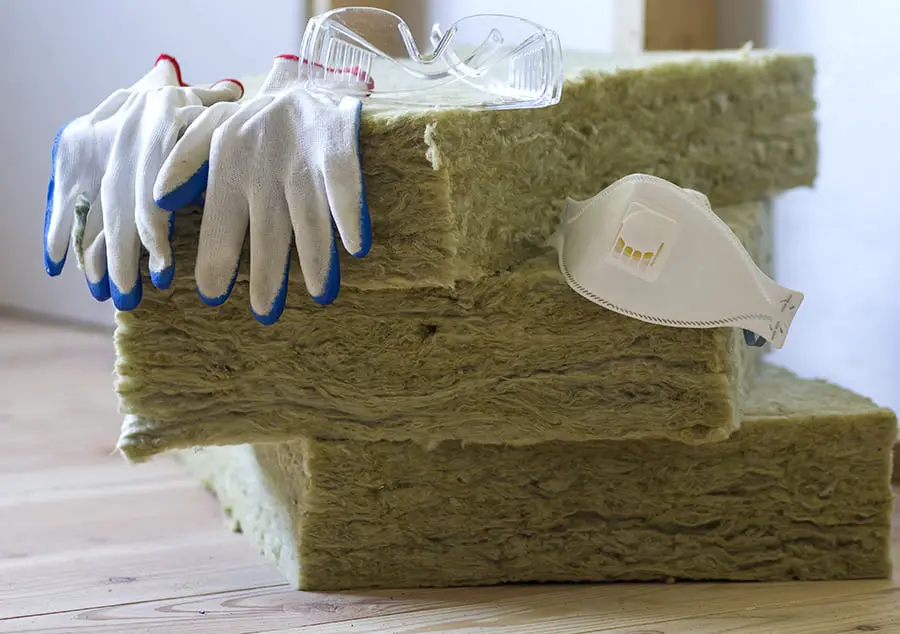
The first crucial step is conducting a thorough assessment of the area to be insulated. This includes taking accurate measurements to ensure the correct amount of batt insulation material is purchased. Provision for potential obstructions, such as electrical outlets, should also be made.
Next, ensure that all necessary repair work on the metal structure is completed. Any holes in the metal skin should be mended and disparities sealed, since these could reduce the effectiveness of the insulation.
Before proceeding to the actual insulation installation, cleaning the workspace is essential. Remove all debris on the inner walls of the metal building that might impair the insulation process.
Proper preparation also implies gathering all tools and equipment at the installation site. This includes not only the batt insulation itself, but also essentials such as a staple gun, measuring tape, cutting tool, and protective measures like gloves, masks and eye protectors.
Lastly, before the installation begins, the insulation material should be allowed to acclimate to the environment for optimal performance. This typically involves leaving it in the installation area for a few hours.
Remember, careful preparation will enable smoother execution, boost the efficiency of your batt insulation and increase the lifespan of your metal building.
Detailed Process of Installing Batts and Roll Insulation in a Metal Building
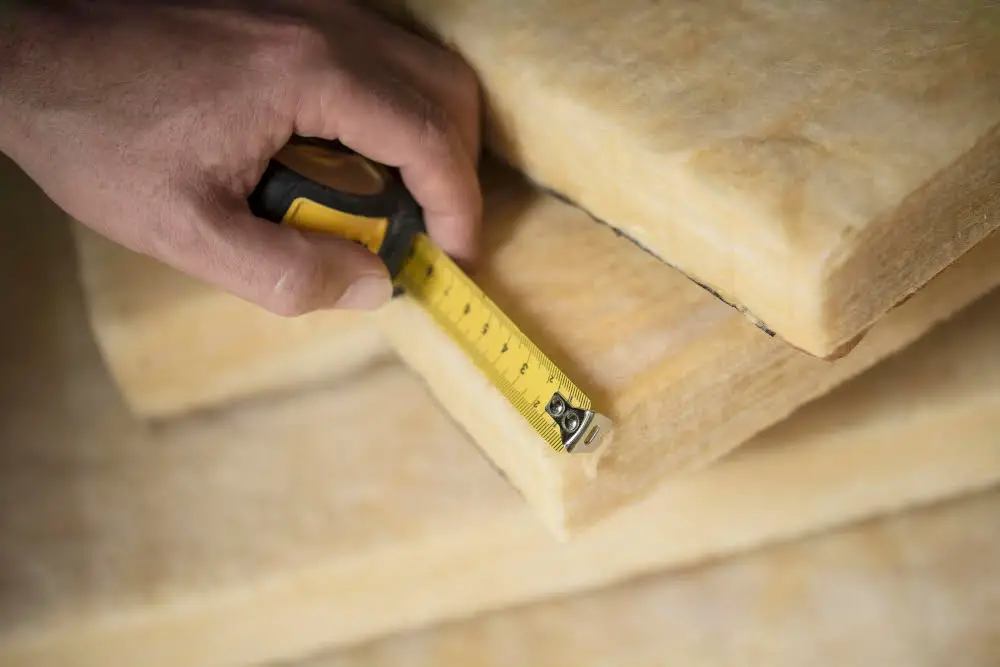
Begin the process by clearing the area where the insulation will be installed. You need to ensure that there are no stray items or debris that could affect the installation.
The next step is to carefully measure the length and width of the area to be insulated. This step is critical as it helps to prevent wastage of materials and ensures a snug fit of the batt insulation.
Next is the cutting and preparation of the insulation. Carefully unroll the batt or roll of insulation on a clean surface. Use a utility knife to cut the insulation to your required dimensions. Always remember to cut the insulation slightly larger to create a more secure and tight fit.
Wearing your safety gear, start at one corner of the building and gradually spread out the insulation. Ensure the paper or foil side (vapor retarder) of the insulation is facing the interior of the building to inhibit condensation.
Fix the insulation in place by using an industrial stapler to attach the flanges of the insulation onto the metal frames. Keep moving across the building, repeating this process until all areas are covered. Pay close attention to doors and windows, as these areas can be a bit challenging.
After finishing the insulation installation, inspect your work thoroughly. Check for gaps or spaces and use the remaining insulation to fill them. Batt insulation should effectively cover all areas without any gaps, overlaps or compressions for an optimal energy-efficient environment.
Remember, the success of your batt insulation installation is primarily influenced by correct measurements, securing the insulation properly, and meticulous attention to every inch of the building, especially corners, edges, and hard-to-reach areas.
Professional Tips for Batt Insulation Installation in Metal Buildings
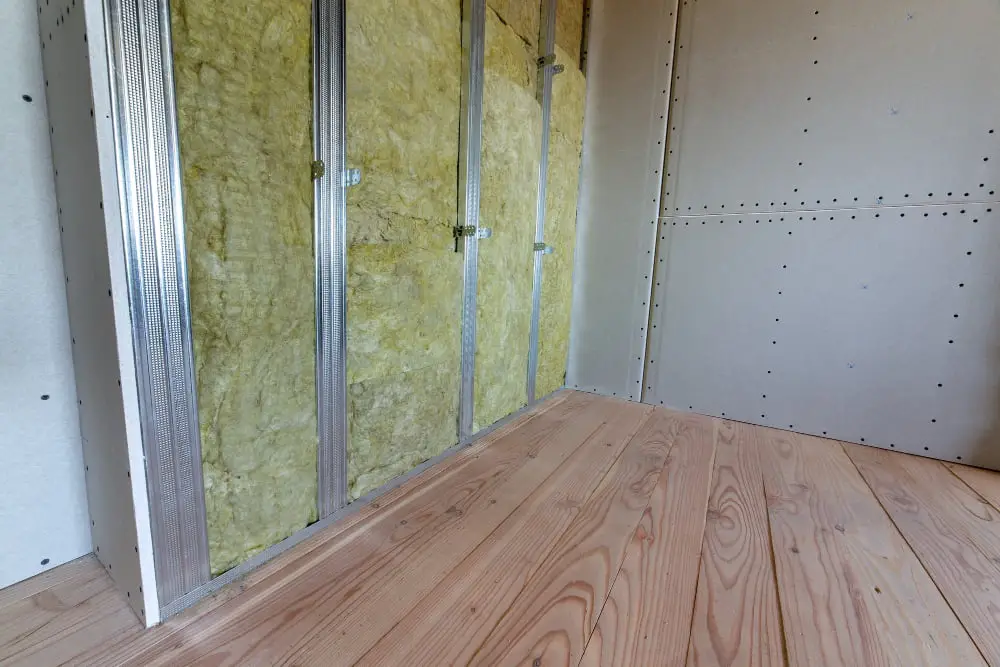
Ensure a snug fit between the insulation and the metal frame. This prevents insulation gaps which can lead to condensation problems.
Use a complementary tape or adhesive specific for metal surfaces to seal off the batt installation. This step helps in air and vapor retardation.
When dealing with corners and edges, take the time to trim the batt insulation accurately. Accurate cutting ensures better energy efficiency and coverage.
Avoid compacting the batt insulation. Compaction can decrease its thermal insulating properties, thus reducing your building’s energy efficiency.
Remember, the insulation must cover all areas, including smaller, hard to reach spots for the building’s energy efficiency.
Always wear the appropriate protective gear, such as gloves, glasses, and respiratory masks, since insulation material can irritate the skin and respiratory tract.
Use a reliable source of lighting when working on your insulation project for the best results and safe working conditions.
Finally, always double-check your work. After installing, go over each area to ensure proper insulation, without any exposed spots left. Remember, a well-insulated metal building provides long-term benefits.
Maintenance and Common Issues With Batt Insulation in Metal Buildings
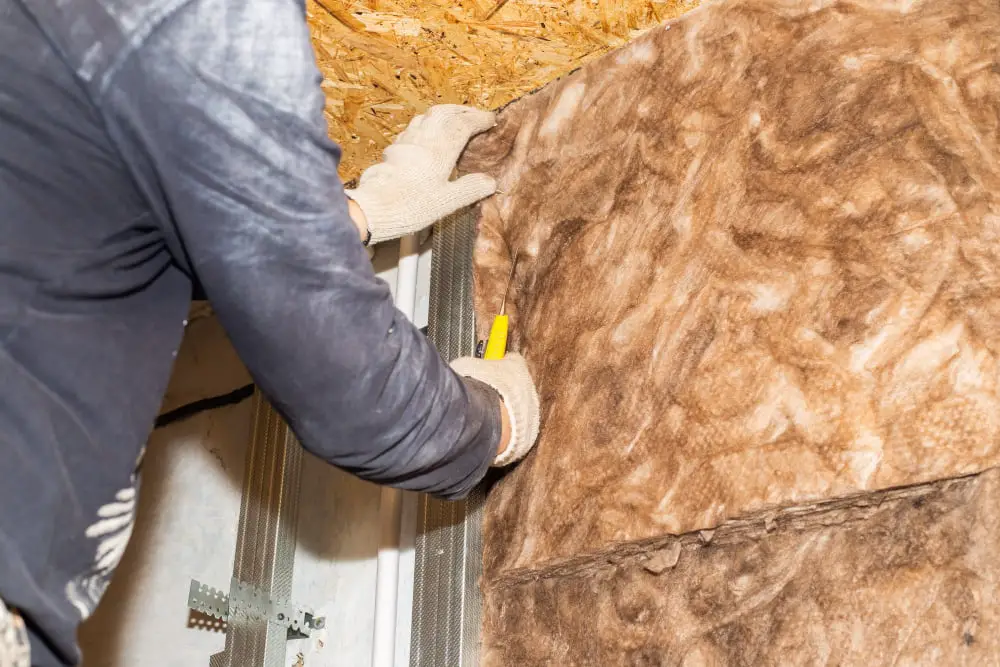
Regular inspections serve as the cornerstone for maintaining your insulation’s effectiveness. Be on the lookout for signs of dampness, which can significantly reduce its thermal resistance and cause mould growth. Consider the climate and the building’s exposure to moisture when determining the frequency of such inspections.
A common issue arises when batt insulation is compressed or overstuffed in the spaces between metal studs. This compromises the material’s R-value or resilience against heat flow. Installation should always ensure that insulation fills the cavity without being forced.
Also, if you notice drafts, it could be due to improper sealing during installation. Frayed or torn vapor barriers need immediate attention to prevent energy loss. And remember, insulation is a fire hazard if too close to light fixtures or electrical equipment.
Rodents present another potential problem for insulation in metal buildings. They may nestle within the batts, destroying their effectiveness. Regular pest control measures can help mitigate this issue.
Lastly, aged insulation may begin to sag or settle over time. This decreases its effectiveness and indicates a need for replacement. Remember, maintaining your insulation is as crucial as its initial installation.
Safety Precautions When Installing Batt Insulation in Metal Buildings
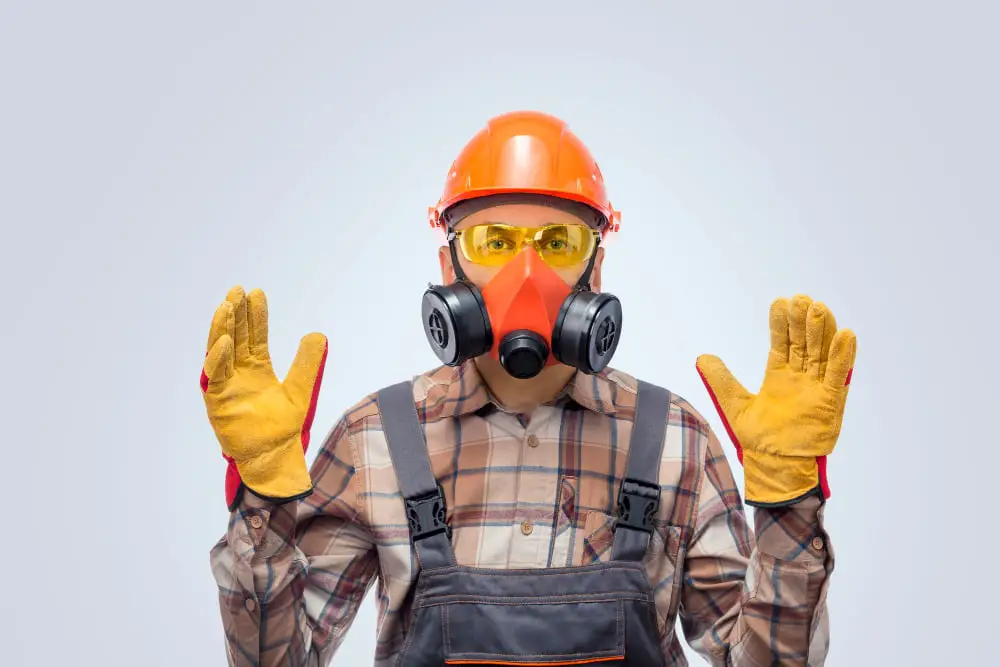
Wearing appropriate safety equipment is imperative, due to the fact that insulation materials can be irritable and harmful to your skin and lungs. Always use gloves, long-sleeved clothing, safety glasses, and a mask to prevent inhalation of tiny particles.
Ensure your workspace is well lit to prevent injuries from tools or accidentally stepping on sharp objects. An adequately lit area will assist in preventing errors during assembly and installation.
Careful handling of materials is critical to prevent damage to the insulation, as it could affect its performance. Furthermore, some insulation materials are flammable, so keep them away from open flames or other heat sources during storage and installation.
Stay aware of your physical limits. Installing insulation can be physically challenging. Heavy lifting and working in awkward positions can strain your body, potentially causing injury. Regular breaks can prevent physical exhaustion and increase effective work hours.
Avoid working alone. In case of an accident, it’s critical someone is around who can implement emergency procedures if necessary. A team effort can prevent missteps and promote efficiency.
Finally, familiarize yourself with local fire codes and regulations related to insulation installments. This practice maintains safety and ensures your installation meets the requirements, protecting you against future liabilities.
FAQ
How do you attach insulation to a metal building?
Insulation is attached to a metal building using a combination of double-sided tape, for immediate holding, and a super metal sealant glue, for long-term adherence, along the bottom of the I-beams.
How do you insulate a metal building with fiberglass insulation?
To insulate a metal building with fiberglass insulation, you should apply the insulation directly to the steel panels where it will absorb temperature fluctuations and slow down air flow.
How do you insulate a pre existing metal building?
Insulating a pre-existing metal building can be efficiently achieved by using spray foam insulation, which is particularly convenient for structures with metal panels already attached to the frame.
What are the best types of insulation for a metal building?
The best types of insulation for a metal building are fiberglass, rigid foam, and spray foam due to their high R-values and suitability for different climates.
How does radiant barrier insulation work in a metal building?
Radiant barrier insulation in a metal building works by reflecting radiant heat energy instead of absorbing it, thereby maintaining an ideal temperature inside the building.
What is the process of installing blanket insulation in metal structures?
The process of installing blanket insulation in metal structures involves applying the insulation in between the metal studs and securing it effectively with tape, fasteners, or straps.
Recap
